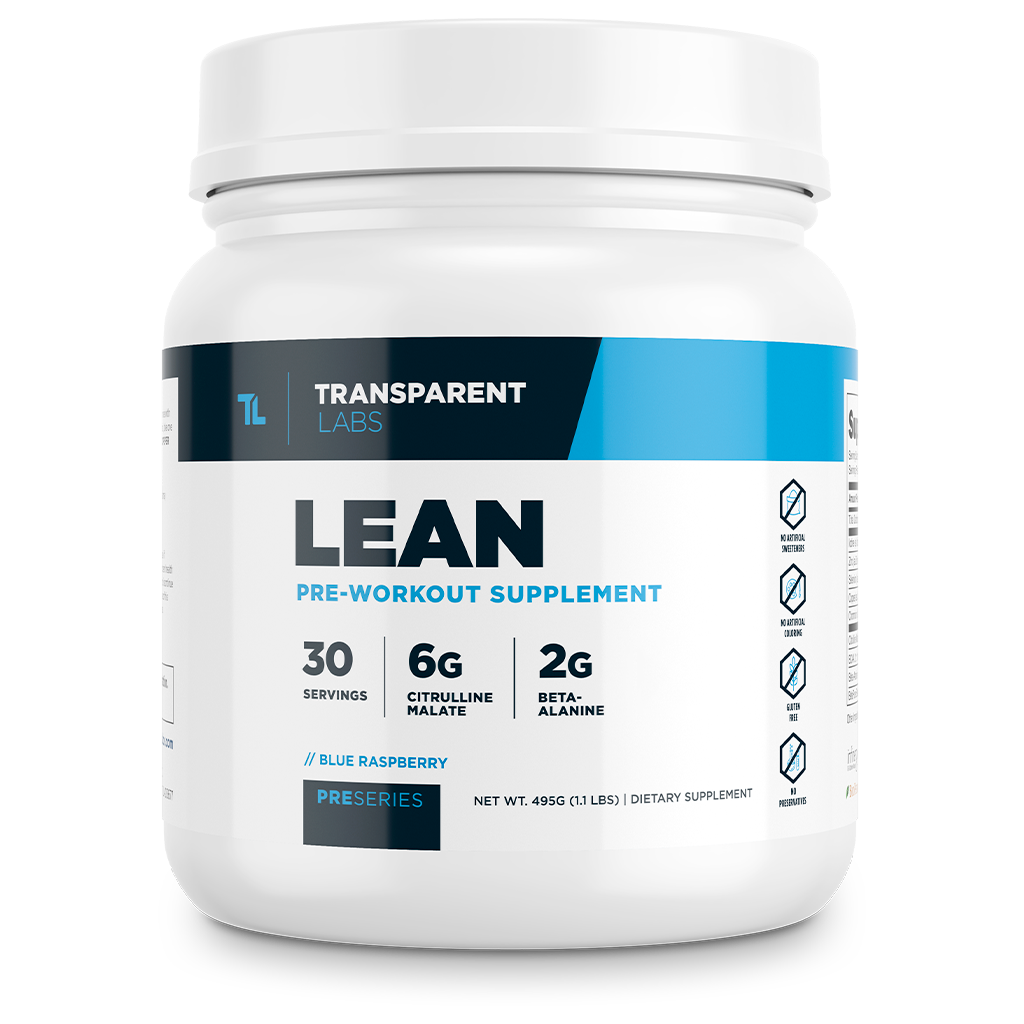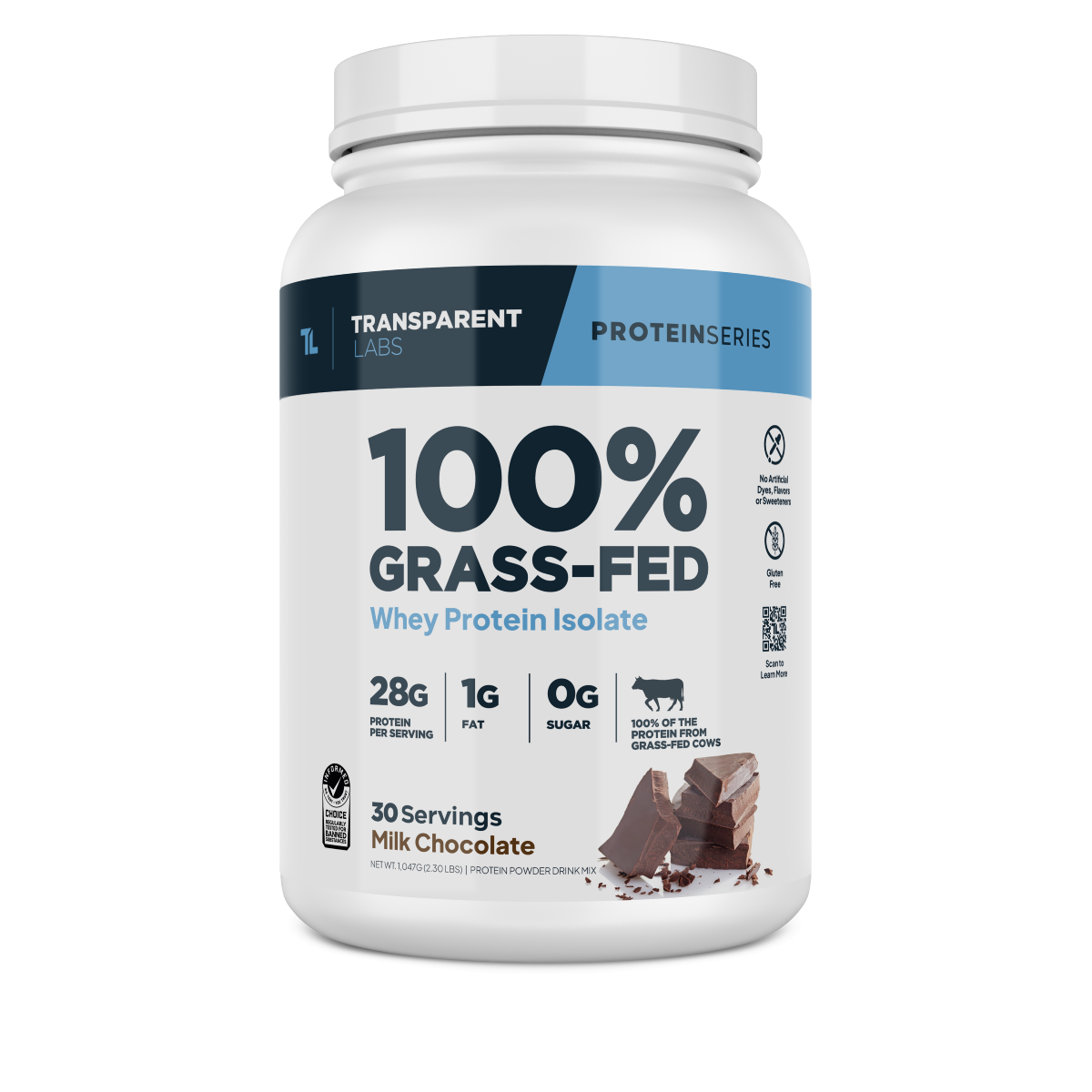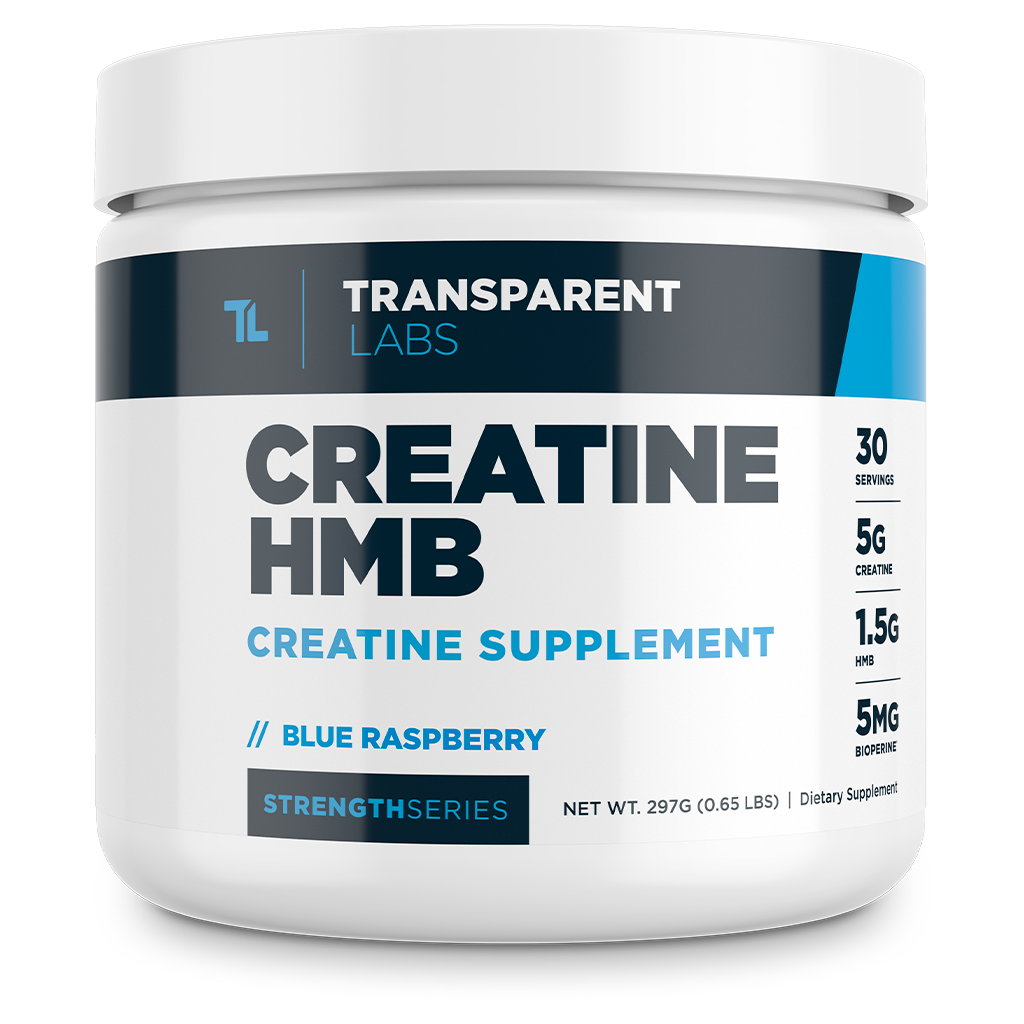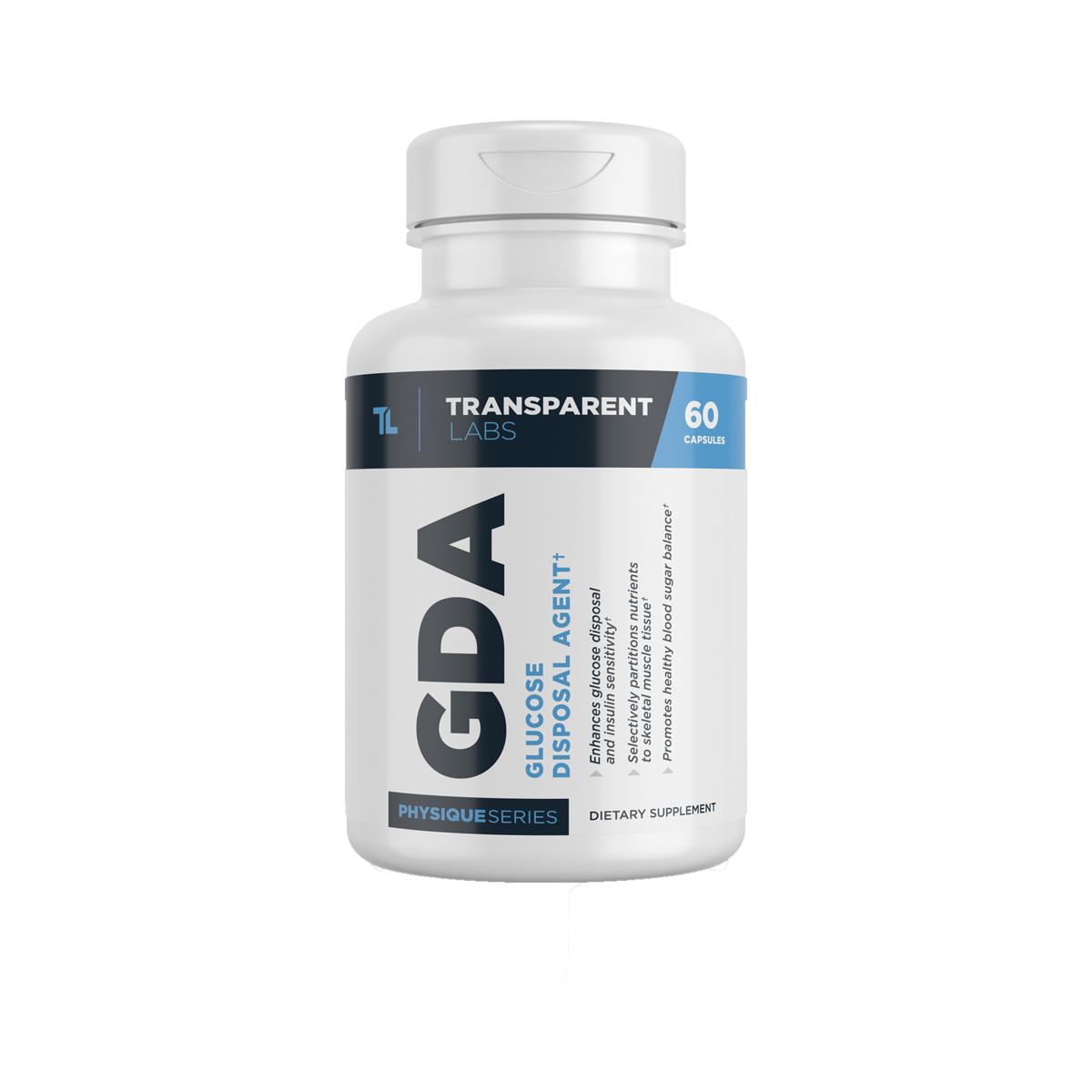Kratom Withdrawal: The Opioid-Like Effects of Mitragyna Speciosa

Kratom Withdrawal Symptoms, Side Effects, and Potential Drawbacks
Kratom (Mitragyna speciosa) is a “new-age” herbal remedy that’s making waves among the general population. At the time of writing, there is a paucity of well-controlled published studies examining the effects of kratom in humans. However, considerable evidence shows that kratom and isolated constituents of Mitragyna speciosa have therapeutic properties in other animals [1].
Kratom appears to induce analgesia (i.e. it's a natural painkiller), making it appealing for treating muscle aches and chronic pain. Interestingly, kratom use is stimulating in low doses, but sedating in higher doses. Many users also report euphoria when consuming large amounts of kratom.
As such, kratom is somewhat like a natural opiate alternative. Sounds awesome, right? Not so fast; kratom, much like phenibut, is another nootropic that carries a high risk of substance abuse and consequent withdrawal symptoms.
Kratom Use: A Brief Overview
The term “kratom” refers to the leaves of Mitragyna speciosa, a tree indigenous to Thailand (and other countries in Southeast Asia). Kratom has been used for centuries in these regions for its purported opioid-like properties and mild stimulatory effects [2].
Traditionally, kratom users consume fresh leaves of Mitragyna speciosa (or use them to make kratom tea). Unfortunately, it’s an arduous task trying to obtain fresh kratom leaves if you’re not living in regions where the tree natively grows.

However, dried kratom leaf and kratom extract retain potency and are now readily available on a myriad of websites, and even at some health food stores. Dried kratom leaf can be brewed into a tea, refined into an extract for tinctures or capsules, or even smoked/vaporized (smoking kratom yields unremarkable effects).
For the vast majority of kratom users (especially newbies), supplementing with full-spectrum kratom extract in capsule form is ideal. Doing so makes it easier to track dosage and potency.
Making fresh kratom tea from dried leaves is another practical method of using the herb, but it is far from tasty. Nevertheless, quite a few "kratom bars" are popping up across the United States, South America, and Europe.
How Does Kratom Work?
While kratom users have heard much about mitragynine, 7-hydroxymitragynine, speciogynine, and paynantheine, the role of the other 40+ alkaloids in Mitrogyna speciosa has been relegated to the background. The benefits of kratom are ostensibly a result of the synergy among these alkaloids [3].
Kratom alkaloids like mitragynine, 7-hydroxymitragynine, and mitraphylline are structurally similar to hallucinogenic tryptamines found in "magic mushrooms" and lysergic acid diethylamide (LSD, or "acid"). At low doses, these alkaloids are thought to act on the adrenergic system (the same sets of receptors that respond to adrenaline & noradrenaline), imparting a stimulatory effect comparable to a strong dose of caffeine [4].
At more modest doses these alkaloids begin to activate opioid receptors [5]. These are the same group of receptors that prescription opiates, such as morphine and codeine, act on to produce analgesia, euphoria, and sedation. In fact, medicinal chemistry research suggests that 7-hydroxymitragynine is upwards of 17 times more potent than morphine at activating opioid receptors [6].
Kratom holds acclaim as a practical herbal remedy for treating opiate addiction. Ironically, kratom is also addictive, and its increase in use has engendered a crisis of kratom abuse.
Like traditional opioid drugs, kratom use can lead to dependency [7]. The withdrawal symptoms associated with kratom addiction can be quite harsh (resembling those of opioid withdrawal). In severe cases, kratom users may need to consider substance abuse treatment facilities.
Kratom Benefits and Risks
The benefits of kratom use largely depend on an individual's history of using stimulants and opioid-like substances, and dosage. To reiterate, the major bioactive compounds found in kratom leaves stimulate the central nervous system at lower doses, while sedating the mind and body at higher doses. Modest doses of kratom also produce palpable opioid-like effects.
While kratom may help treat chronic pain and opioid withdrawal symptoms, and provide a momentary mental "lift," its addictive properties come with a consequence: kratom withdrawal. Using kratom daily is generally inadvisable for this reason.
Liike any stimulant or opiate, the more you take kratom, the more tolerant you become to its desired effects. Consequently, chronic use of kratom will make the symptoms of kratom withdrawal even more harsh. Ultimately, that all feeds into a self-sustaining vicious cycle of using kratom more frequently (and in larger doses) to elude withdrawal.

Kratom and Mental Health
There is currently (very) limited clinical research available describing the effects, let alone benefits, of kratom use in humans with anxiety and other mental health conditions [8]. Anecdotal reports, which should always be taken with a grain of salt, indicate paradoxical results in people who use kratom for mental health.
At lower doses of kratom (e.g. 1-5 grams per day), some users note that the stimulatory effects actually increase their anxiety and cause a sense of irritability. This phenomenon isn't unusual since most central nervous system stimulants carry anxiogenic side effects.
In larger amounts (e.g. >5 grams daily), kratom may produce euphoric, calming, and analgesic effects in people with anxiety. Be wary that your response to kratom will likely vary from what someone else experiences. Reports of dysphoria and hypomanic episodes are quite common when using kratom, even in modest doses.
Kratom Dosage and Toxicity
Since an effective kratom dosage varies from one person to the next, the best thing to do is start off with a conservative dose. Then, you can increase the dose incrementally each time you use kratom until you find a "sweet spot" where the desirable effects are apparent and adverse effects are not.
As a general guideline, here are the dose ranges for kratom:
- Low (1 – 5 grams) --> mild stimulatory effects
- Moderate (6 – 15 grams) --> stimulation that likely progresses to analgesia and sedation
- High (16 – 25 grams) --> potent analgesia, sedation, and euphoria
- Very high (26 – 50 grams) --> peak analgesia, sedation, and euphoria
Kratom doses above 15 grams per day are superfluous for the majority of people. Exercise extreme caution before taking more than 25 grams of kratom, especially if you haven’t used it before.
However, we don't advise taking kratom until there's more concrete evidence that it's safe. Many people are quick to jump on the kratom bandwagon without considering the consequences, and by then it may too late.
Thankfully, kratom toxicity is quite rare, but there are reports of individuals experiencing seizures and psychosis when chronically using more than 15 grams of kratom per day [9]. Severe kratom abuse can also be lethal [10].
Kratom Withdrawal Symptoms and Substance Abuse
A pressing question that remains controversial is, "How addictive is kratom?" Several anecdotal reports suggest it might be less addictive than traditional opioids, but there is also a wide range of reports intimating the opposite.
In Southeast Asia, people are aware that kratom abuse is more than just a phenomenon. Regardless, that hasn't stopped them from consuming kratom for its euphoric, mind-altering effects.
As time evolves, reports of kratom withdrawal continue to unsettle regulatory bodies and scientists alike [11]. The symptoms of kratom withdrawal are comparable to those of prescription opioid withdrawal. Such symptoms may include:
- irritability
- diarrhea
- dysphoria
- mood swings
- vomiting
- sleep disorders
- hypertension (high blood pressure)
- excessive yawning
- muscle aches
- joint pain.
Now that kratom has been popularized as a proverbial "herbal opioid" in Europe and the United States, more people are becoming physically or psychologically dependent on it. Alas, the opioid-like effects associated with kratom use are undoubtedly addictive; and once you become dependent on kratom, withdrawal is inevitable.




